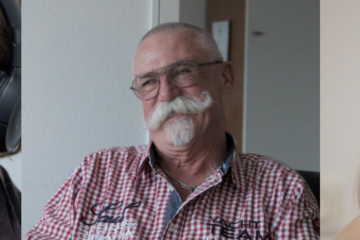The term “Deep Fake” stands for audio and video images created with artificial intelligence. With the ‘Deep Fake’ technology, it is possible to create
In the recent episode of Dutch national TV program VPRO Tegenlicht, 3DUniversum Co-Founder & CEO Theo Gevers appeared to explain the technology and its impact.
Theo Gevers mentioned 3DUniversum’s effort on perfecting deep-fake technology, also the need to be able to detect ‘Deep Fakes’ better. Gevers: ‘Various methods of making deep-fake videos each have their own weaknesses. For example, the shadow pattern of the face is often not consistent with the rest of the image. Furthermore, the dynamics around the eyes are not realistic, and the mouth is not really sharp. ‘
Also, the movements of the hands usually do not match the expression of the face and what is said, because everything except the face is taken over unchanged in the deep-fake video. In principle, all these aspects can also be included in deep fake, but this means that you need a lot more video training material and computer power.
Gevers: “We are now in a race. At the beginning of next year we will come up with a plug-in for web browsers, which detects deep-fake videos in these ways. ‘ That first version will be free to download. ‘The further development will be based on donations: people can donate so that we can further develop the module and, above all, keep it up-to-date.’
Following the TV broadcast, Theo Gevers also attended the meet up at Pakhuis de Zweiger in Amsterdam.


